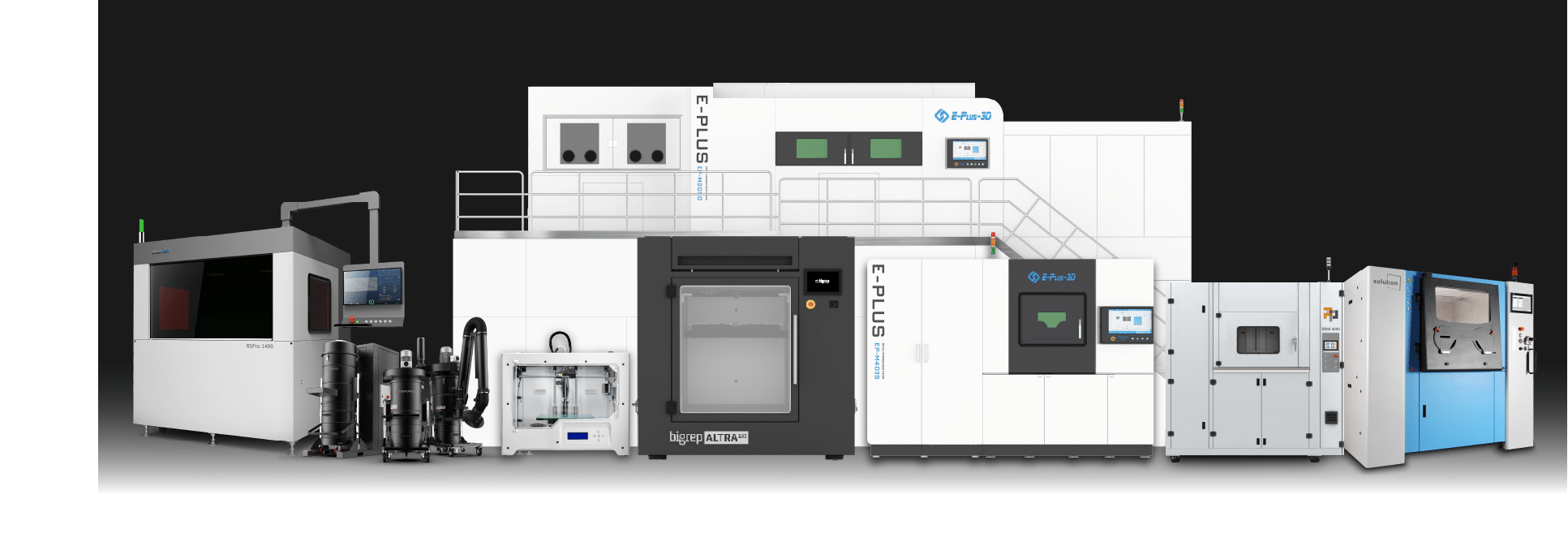In a rapidly evolving industrial world, where new technologies challenge conventions every year, the term “Excellence in Innovation” has become a core value for any organization striving to lead its field. It’s not just about generating new ideas, but about systematically combining creativity, technology, managerial boldness, and precise execution. In this article, we will explore the key aspects of innovation excellence, examine how it is applied across various industries, and demonstrate how Ballistic Bit translates this value into real-world impact.
What is Excellence in Innovation?
Excellence in Innovation refers to an organization’s ability to initiate, develop, and implement new ideas in a consistent and systematic manner over time. It represents a blend of breakthrough thinking and operational discipline—ensuring innovation moves beyond the realm of ideas and becomes a true engine for business growth.
Key characteristics include:
- An organizational culture that encourages experimentation and learning from failure
- Investment in research and development (R&D)
- Cross-disciplinary collaboration
- Utilization of advanced technologies (AI, 3D printing, robotics)
- Systematic development of products, services, and processes
The Importance of Innovation Excellence
Innovation alone isn’t enough. Only when carried out consistently—with informed risk management and continuous improvement—can it deliver economic value, competitive advantage, and operational resilience.
Why is this critical?
- Keeping pace with the market – Companies that fail to innovate fall behind
- Improved profitability – Innovation drives efficiency and reduces costs
- Attracting new customers – Innovative products appeal to broader audiences
- Market positioning – Innovation excellence builds reputation and differentiation
Applications of Innovation Excellence – Selected Industries
- Advanced Manufacturing:
Companies integrating 3D printing, smart automation, and real-time quality control shorten development cycles and respond quickly to changes. - Personalized Medicine:
Custom implants, digital simulations, and automated surgical processes improve precision and outcomes. - Transportation & Automotive:
Use of lightweight materials, custom component printing, and aerodynamic optimization through rapid prototyping. - Education & R&D:
Deployment of digital learning technologies, collaborative platforms, and hands-on exploration of 3D printing and robotics.
Ballistic Bit as a Model of Innovation Excellence
At the heart of Ballistic Bit’s operations is the drive not only to deliver 3D printing solutions, but to lead genuine industrial transformation. The company believes that innovation excellence begins with understanding the customer’s needs, continues with the precise adaptation of technological solutions, and culminates in full support until measurable results are achieved.
Key elements of our approach:
- Partnerships with leading global equipment manufacturers (e.g., Eplus3D, UnionTech)
- Customized consulting and implementation services
- High-level technical support and training
- Ongoing research into advanced manufacturing technologies
Organizational Infrastructure that Enables Ongoing Innovation
Excellence in innovation requires more than skilled professionals—it needs robust infrastructure:
- Data & Analytics – Collecting and leveraging data to enhance decision-making
- MES Systems – Intelligent management of production processes
- Digital Twin Models – Live simulation of products before production
- Cloud Platforms – Enabling global collaboration
Challenges on the Path to Innovation Excellence
The road to innovation is not always easy.
Common challenges include:
- Resistance to change among employees and managers
- Difficulty in measuring ROI for innovation projects
- Bureaucratic hurdles that slow experimentation
- Lack of budgetary or leadership support
.
Overcoming these requires a clear vision, sensitive change management, and equipping teams with supportive tools.
Success Metrics for Innovation Excellence
How can you tell if an organization truly excels in innovation?
- Number of new products launched annually
- Reduction in average development time
- Percentage of revenue from innovative products
- Customer satisfaction with tailored processes
- Awards and patents won
Conclusion
Excellence in innovation is not a destination—it’s a continuous journey. Organizations that adopt this approach benefit from a distinct competitive edge, a strong professional reputation, and an engaged, committed team.
Visit the link below to learn more about our innovation philosophy and discover how to implement it within your organization:



